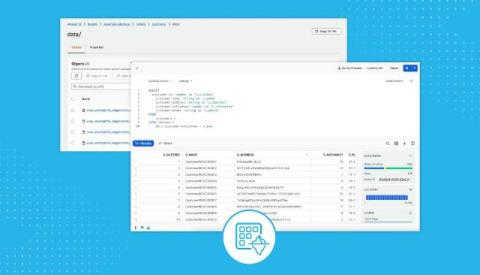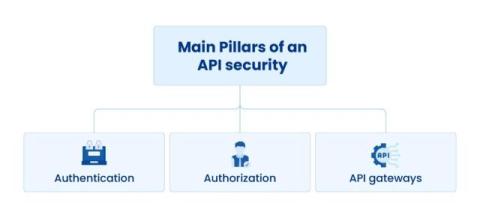Effective Swift Error Handling Techniques for iOS Developers
As programmers we know that, despite our best efforts, we’ll never be able to completely eliminate errors from our apps. The sheer complexity of modern apps, not least the reliance on dynamic (often third-party) inputs, means errors are inevitable and error handling (exception handling) is crucial to user experience.













